survival of the cubs
on Mar 14, 2014You would think that being the offspring of the king of the savannah that life would be easy. Just like their prey and competitors, this wonderful landscape can be brutal and unforgiving. Sadly being born into royalty comes with its perils and I believe that the current batches of Southern Pride cubs are in a fight for survival.
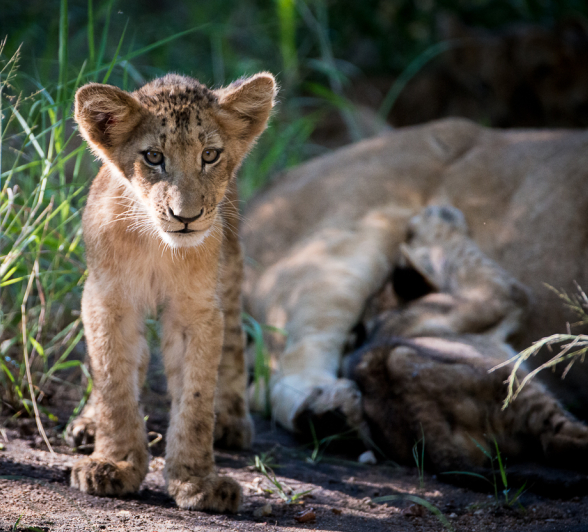
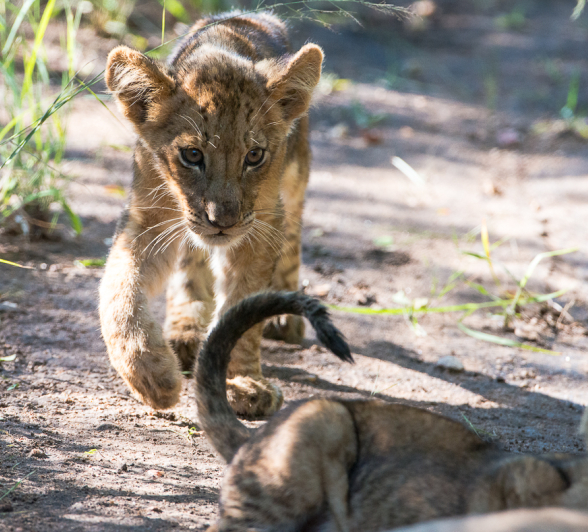
Pictures like this are often seen to be cute and adorable, but there is no getting away from the fact that these bundles of fur are painfully thin. The group dynamics haven’t helped as the 2 mothers are spending a lot more time away from not only the bulk of the Southern Pride but also some of the other females who have almost set up a satellite pride. This potential satellite pride has been forced by the intrusions into the prides territory of various male coalitions over the past year. I believe that initially this split was caused to protect the bulk of the pride, which consisted of a couple of cubs and four sub adult males, while the other females occupied the mating interest of the coalitions who had superior numbers over that of the dominant male, the Kruger male. Now that these females have had cubs, it throws into doubt the paternity and this is maybe why the females are distancing themselves from the main pride as it is assumed that these cubs are not from the Kruger male.
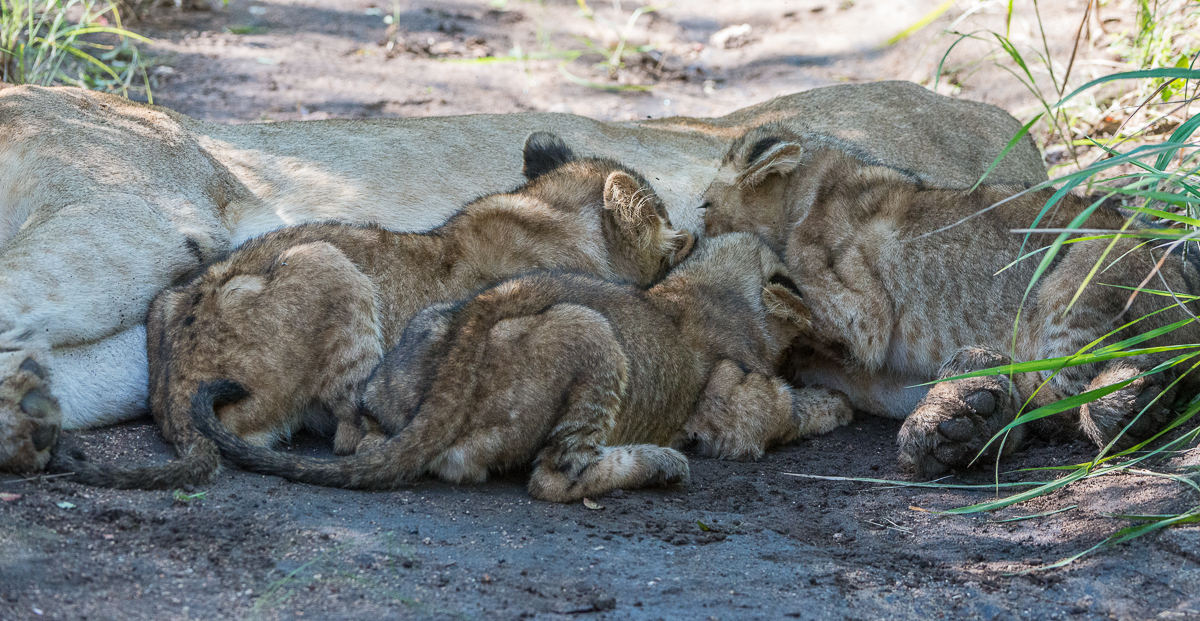
It is so important for the mothers to have a strong pride behind them, not only for protection but for a regular supply of food. They need this protein to maintain the production of rich, nutritious milk which the cubs need in their development stages. This milk improves the cub’s immune system creating successful killing machines who can withstand the pressures of the African bush. Sadly due to the irregularity of the successful killing of large prey items, the mothers are struggling to produce milk. This has also forced the cubs to start feeding on the meat of kills, not only more mouths to feed but also their bodies have missed out on vital milk which helps them deal with bacteria found in meat. The lack of milk is also causing tension as the cubs want and need to feed, but as there is no milk they suckle harder, hurting the mothers often resulting in snarling and the occasional paw slap.
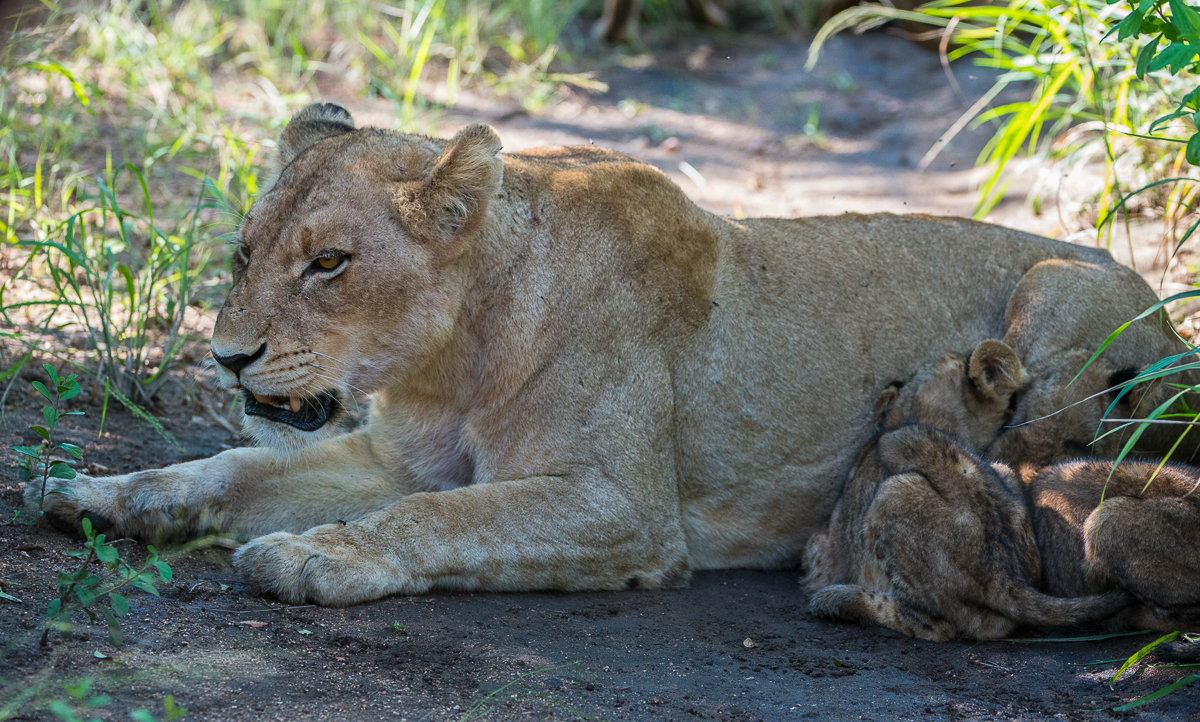
Lionesses often synchronise their breeding as it allows the mothers to suckle each other’s cubs - known as allo-suckling and this this usually ensures a greater survival rate of young lion cubs. However, the inexperience of one of the lionesses has put extra pressure on the cubs. Her joy and enthusiasm of introducing them to the rest of the pride, in my opinion, was far too early and may have compromised their survival. The reason why I say this is not only because of distance from the core of the pride but also because of the presence of two older cubs. When times are tough and there is not enough to go around, these larger cubs are going to get the “lions “share of the milk.
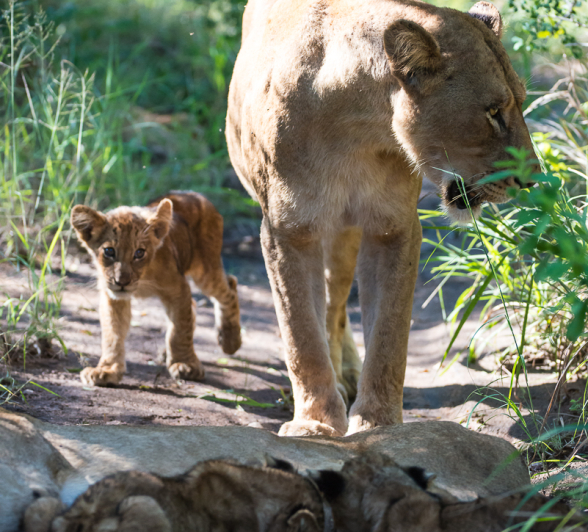
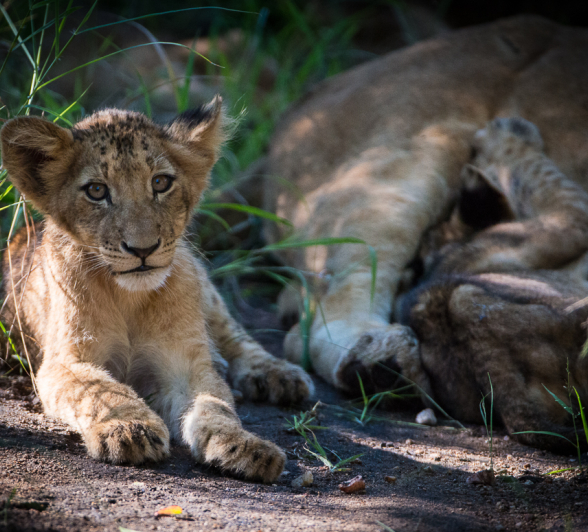
Lions have a high mortality rate with only half of cubs reaching adulthood, but due to the lack of pride protection from other predators, other cubs and a lack of food, it’s not looking hopeful for this new generation of Southern Pride members.
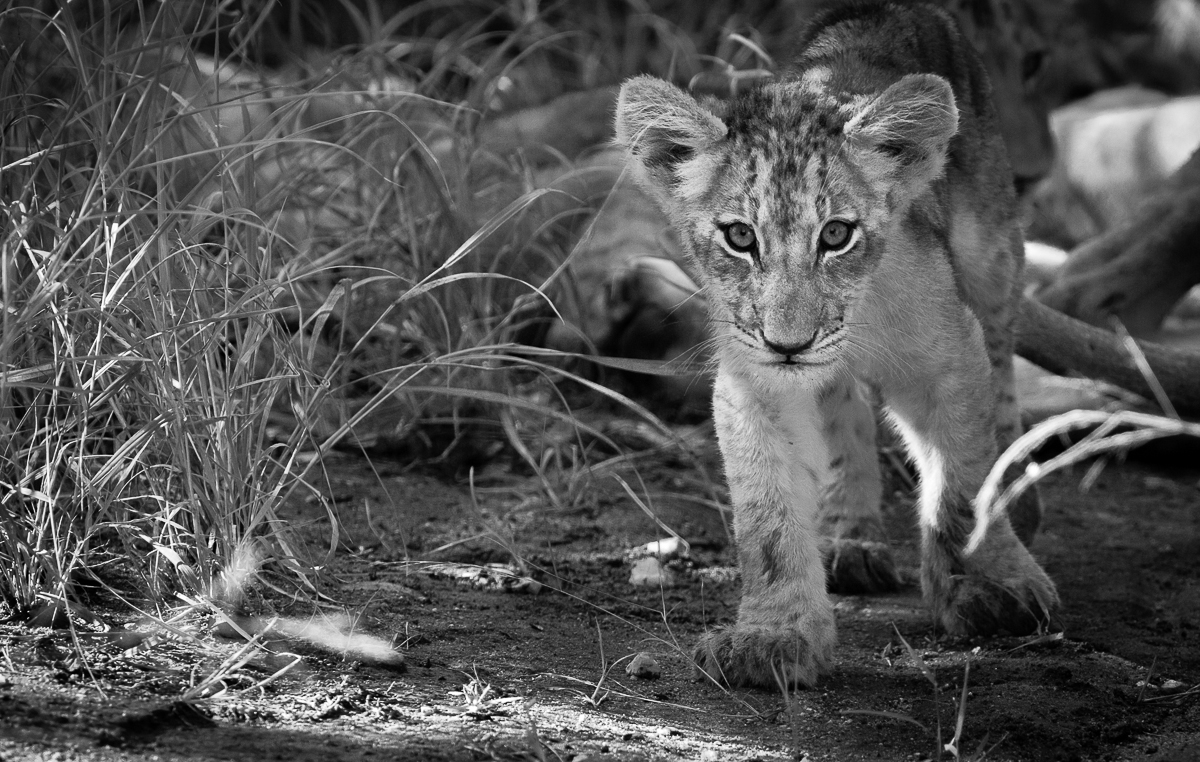
It is hugely important that these cubs make it, not only for the good of the Southern Pride but also for the species. In 50 years, the human race has wiped out 95% of the world’s lion population and it is believed that there is less than 30,000 wild lions left in the world. Like every one of you, I hope that I am wrong and that these little ones grow into powerful creatures that we are so in ore of.






